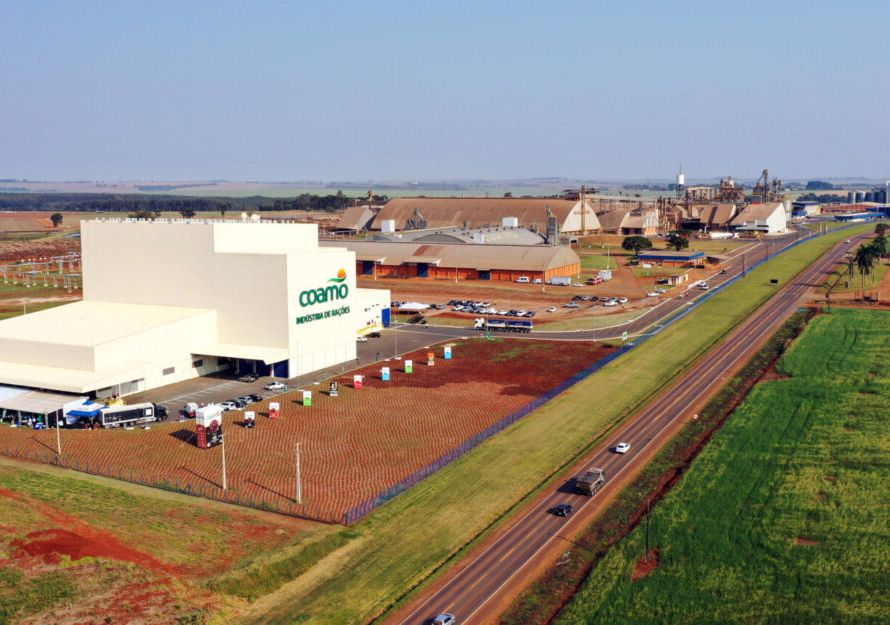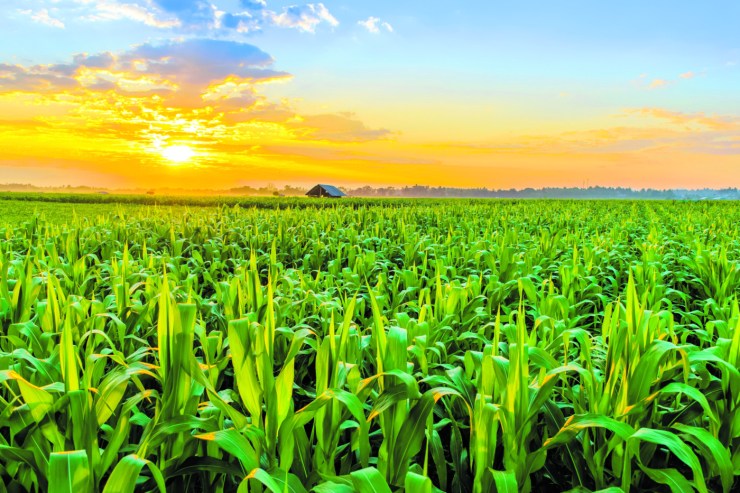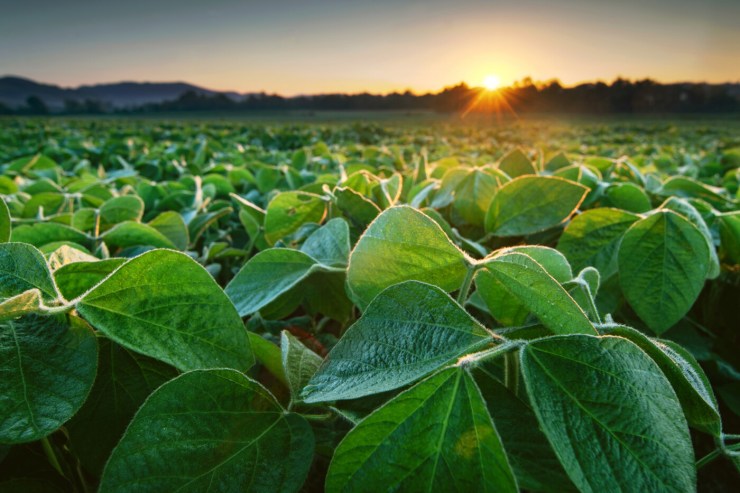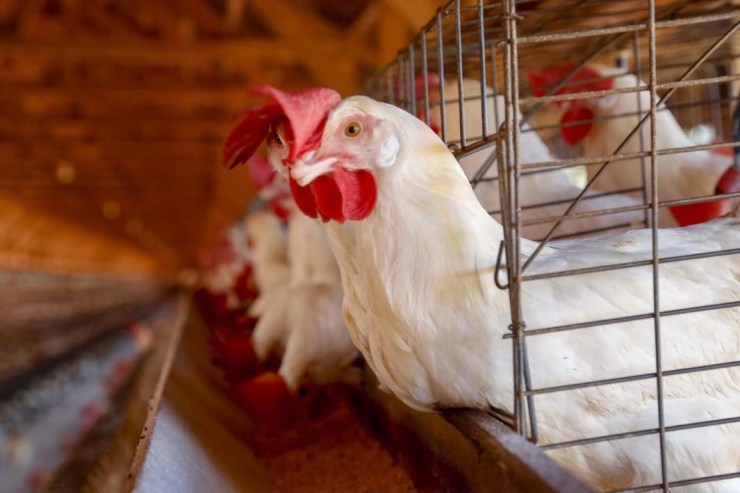The strong demand and the growing use of corn for ethanol in Brazil continue to put pressure on domestic stocks, even with the expectation of a larger harvest in 2024/25. In the global scenario, the lower supply has kept prices sustained, with reduced stocks and climate uncertainties in important producing countries.
According to an analyst at Itaú BBA’s Agro Consulting, Francisco Queiroz, the second harvest of the cereal will be decisive in determining prices in the Brazilian market. “In Mato Grosso, the state responsible for almost 50% of second-crop corn production, the concentration of planting in a short period of time increases dependence on weather conditions between April and May. “Any adversity in these months can compromise crop yields and impact national supply,” he says.
 On the international market, corn prices on the Chicago Board of Trade remain firm, driven by the restriction in global supply. The projection for the 2024/25 harvest indicates a reduction in world stocks of around 25 million tons, reflecting lower production in the United States and the growth in global demand.
On the international market, corn prices on the Chicago Board of Trade remain firm, driven by the restriction in global supply. The projection for the 2024/25 harvest indicates a reduction in world stocks of around 25 million tons, reflecting lower production in the United States and the growth in global demand.
In Argentina, the third largest exporter of the grain, adverse weather conditions have negatively impacted production. The initial estimate by the United States Department of Agriculture (USDA) for the Argentine harvest was revised from 51 to 50 million tons, but experts indicate that production could be closer to 45 million tons. This scenario adds even more pressure to global stocks. “Despite the support of prices in the short term, some factors may limit a greater advance in prices. Among them is the possibility of expanding the corn planting area in the United States and the eventual resolution of the conflict in the Black Sea, which could normalize trade flows in the region,” says Queiroz, adding: “As long as supply remains adjusted, the market tends to maintain firm prices, especially in Brazil, where domestic demand and exports remain high.”
National production on the rise
According to the 5th Survey by the National Supply Company (Conab), total corn production in Brazil is expected to reach 122 million tons in the 2024/25 harvest, an increase of 5.5% compared to the previous cycle. The harvest of the first crop continues at an advanced pace in the field and average productivity grew by 9.9% compared to 2023/24. As a result, the expectation is that 23.6 million tons will be harvested in the first cycle.
 The second harvest, which is essential for the composition of the national supply, has already exceeded 18% of the planted area. With favorable weather conditions, Conab projects an increase of 2.4% in the planted area, resulting in an estimated production of 96 million tons, an increase of 6.4%.
The second harvest, which is essential for the composition of the national supply, has already exceeded 18% of the planted area. With favorable weather conditions, Conab projects an increase of 2.4% in the planted area, resulting in an estimated production of 96 million tons, an increase of 6.4%.
The planting of second-crop corn follows the pace of the soybean harvest, which already exceeds 15% of the total area. The production of the oilseed is expected to reach 166 million tons, 18.3 million more than in the previous cycle. This increase is due both to the expansion of the planted area and to the recovery of average productivity, driven by favorable weather conditions in Paraná, Santa Catarina and most of the Central-West. In Mato Grosso do Sul and Rio Grande do Sul, there has been a water restriction since mid-December, which may impact yields in these regions.
Internal stocks and prices
Final corn stocks in Brazil are expected to decline due to growing domestic demand, especially for ethanol production. Domestic consumption is expected to reach 88 million tons in 2024/25, an increase of 5% over the previous harvest. “The corn ethanol sector, which has been expanding its capacity, is expected to consume 21.1 million tons, an increase of 20% over the previous cycle,” highlights the market analyst.

In addition to domestic consumption, Brazilian exports are expected to remain strong, taking advantage of the lower global supply and the high competitiveness of Brazilian corn in the international market. “The USDA projection indicates that shipments from the United States should reach 62.2 million tons in the current harvest, the highest volume since 2021/22, which could impact Brazil's share in global trade,” assesses Queiroz.
Domestic prices remain sustained, influenced by tight stocks and climate uncertainty regarding the second harvest.
First harvest in Paraná should have historic results
In Paraná, the second largest corn producer in Brazil, first-crop producers may have the best productivity in history, with the removal of more than 10.4 thousand kilos per hectare. If confirmed, production may exceed the volume of 2.5 million tons of the previous cycle by 11%, reaching 2.8 million tons, even occupying an area 9% smaller, from 294.4 thousand hectares to 267.5 thousand. “This productivity is beneficial, even if the first crop is small”, highlights the crop analyst at the Department of Rural Economy (Deral), of the Secretariat of Agriculture and Supply of Paraná (Seab), Edmar Gervásio. He points out that historically the first crop has been losing ground, mainly to soybean planting. “But for those who bet, it will be very good, they will reap good productivity”, he emphasizes.

Analyst at Itaú BBA's Agro Consulting, Francisco Queiroz: “In the short term, prices should remain supported by the combination of adjusted supply, firm demand and climate uncertainties regarding the production of the second harvest in Brazil” – Photo: Disclosure/Itaú BBA
To help this crop perform well in Paraná, the second harvest is progressing in planting and also promises to be one of the best ever harvested in the state. Favored by the weather conditions, it has already covered approximately 65% of the projected 2.6 million hectares. If this situation continues, in the coming days it should exceed 90%. The estimated production is 15.9 million tons.
However, Queiroz warns that climate forecasts indicate a possible early reduction in rainfall in central Brazil due to the transition of the El Niño phenomenon to a neutral pattern. “If this forecast comes true, productivity could be impacted, adding more pressure on prices,” he explains.
Corn appreciation
Another factor pointed out by Queiroz that contributes to the appreciation of corn in Brazil is the increase in freight prices, a reflection of the record soybean harvest, which has reduced the availability of trucks. “In addition, many producers are holding back on sales, waiting for higher prices, which reduces the supply available on the market,” reveals the market analyst.
Outlook for the coming months
The corn curve on B3 remains in an inverted format, with future prices below current values, reflecting the expectation of greater supply in the second half of the year, when most of the second harvest enters the market. However, the actual fulfillment of this expectation will depend on weather conditions in the coming months.
Another factor that should influence prices is the increase in the planting area for the 2025/26 harvest for corn in the US, which according to USDA estimates should jump from 36.68 to 38.05 million hectares, exceeding market expectations. “With this increase in the corn area at the expense of soybeans, the market can price in this prospect of greater future supply,” says Queiroz, adding: “In the short term, prices should remain supported by the combination of adjusted supply, firm demand and climate uncertainties regarding the production of the second crop in Brazil.”
Access to the digital edition of Bovinos, Grãos & Máquinas is free. To read the full version online, simply click here. Happy reading!





